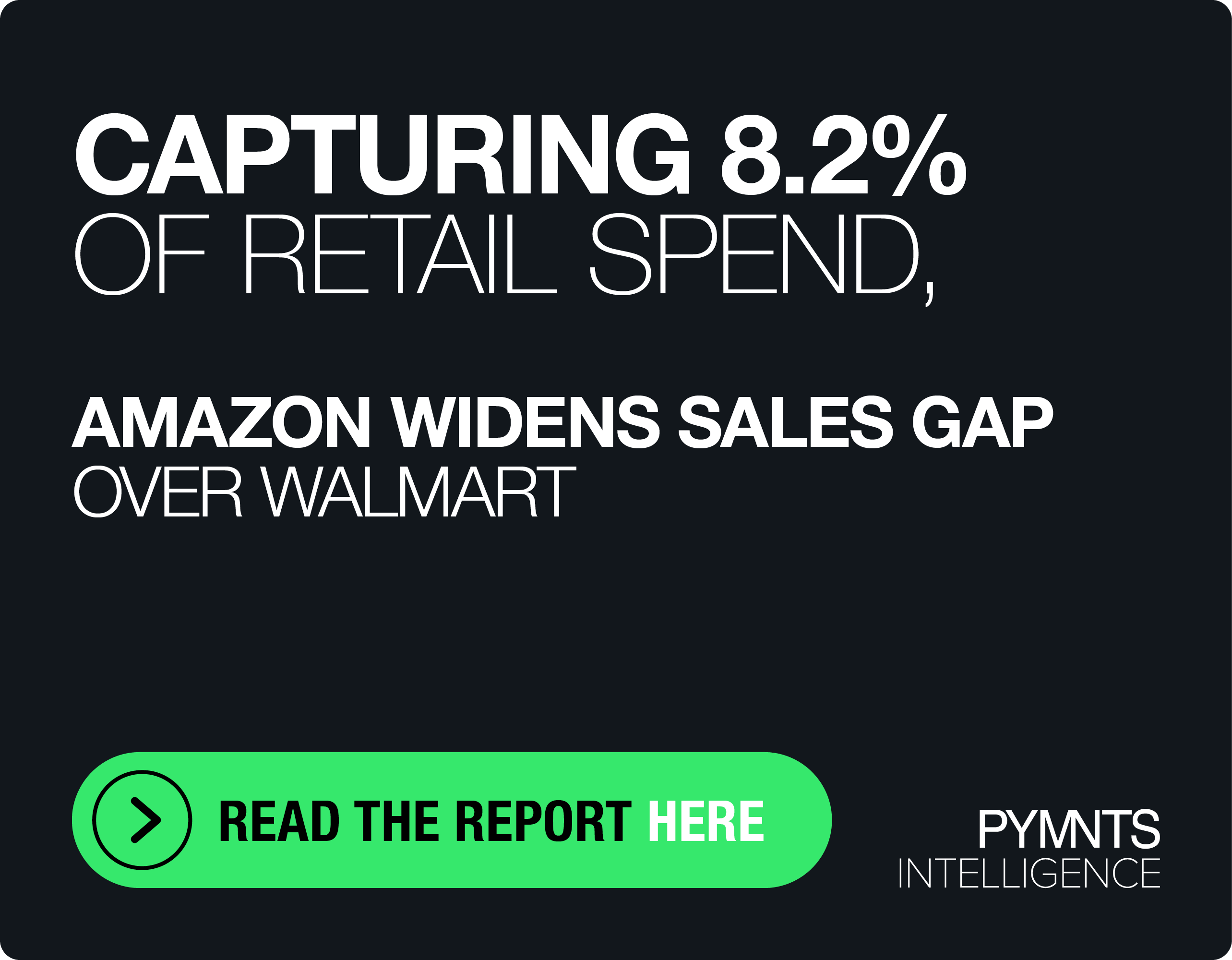Showrooming Surprise: Are Retailers’ Fears Unfounded?
Are retailer’s fears over showrooming overblown?
It’s a bit too early to make that statement, but according to a new survey by ForeSee, showrooming may not be as prevalent as you think.
According to the study, which was based on a survey of mover than 6,200 consumers between Thanksgiving and Christmas 2012, only 37 percent of smartphone and tablet owners used their devices to access a competitor’s website while in-store, and only 21 percent made use of a shopping comparison app.
“The idea that everyone is going to be looking at Amazon’s app when they are in Target and Walmart is proving out not to be true and I think retailers need to continue to focus on providing a great integrated experience between that phone and that retail environment so that there is a value add for a consumer when they are in Target to go to Target’s app or site instead of going to Amazon’s,” Larry Freed, president and CEO of ForeSee told Mobile Commerce Daily.
What other surprising stats did the ForeSee study turn up? PYMNTS.com Data Point takes a look.
Showrooming Stats: As Bad As We Think?
According to the survey, while 70 percent of respondents indicated they used their mobile phone while in a retail store over the holidays, just 37 percent claimed to do so to access a competitor’s website. Only 21 percent accessed a shop comparison app, while just 11 percent accessed a competitor’s mobile app. When you consider the 62 percent who accessed the store’s website or the store’s mobile app, the showrooming numbers pale in comparison.
How Consumers Use Mobile
Despite the showrooming stats listed above, Foresee says that a full 55 percent of mobile shoppers use their phones or tablets to look up price information, while 40 percent do so to compare products. Twenty-nine percent use their devices to both look up product specs or view product reviews, while only 27 percent actually made a purchase through mobile. Finally, just 13 percent used devices to look up store info.
Customer Satisfaction: Best And Worst
Amazon finished first on ForeSee’s satisfaction survey with a satisfaction rating of 85 on a 100-point sale. Apple and QVC tied for second place with scores of 83, while NewEgg and Victoria’s Secret tied for fourth with scores of 80. Barnes and Noble finished right behind the Top 5 with a score of 79.
Shop NBC finished with the lowest score, ranking at 73, while four retailers: Gilt.com, Overstock.com, RueLaLa and Sears, all posted a rating of 74 for the second-lowest placing. Walmart.com finished sixth-to-last with a score of 75.
Overall, consumer satisfaction improved from to an average of 78: up from 76 a year ago.
